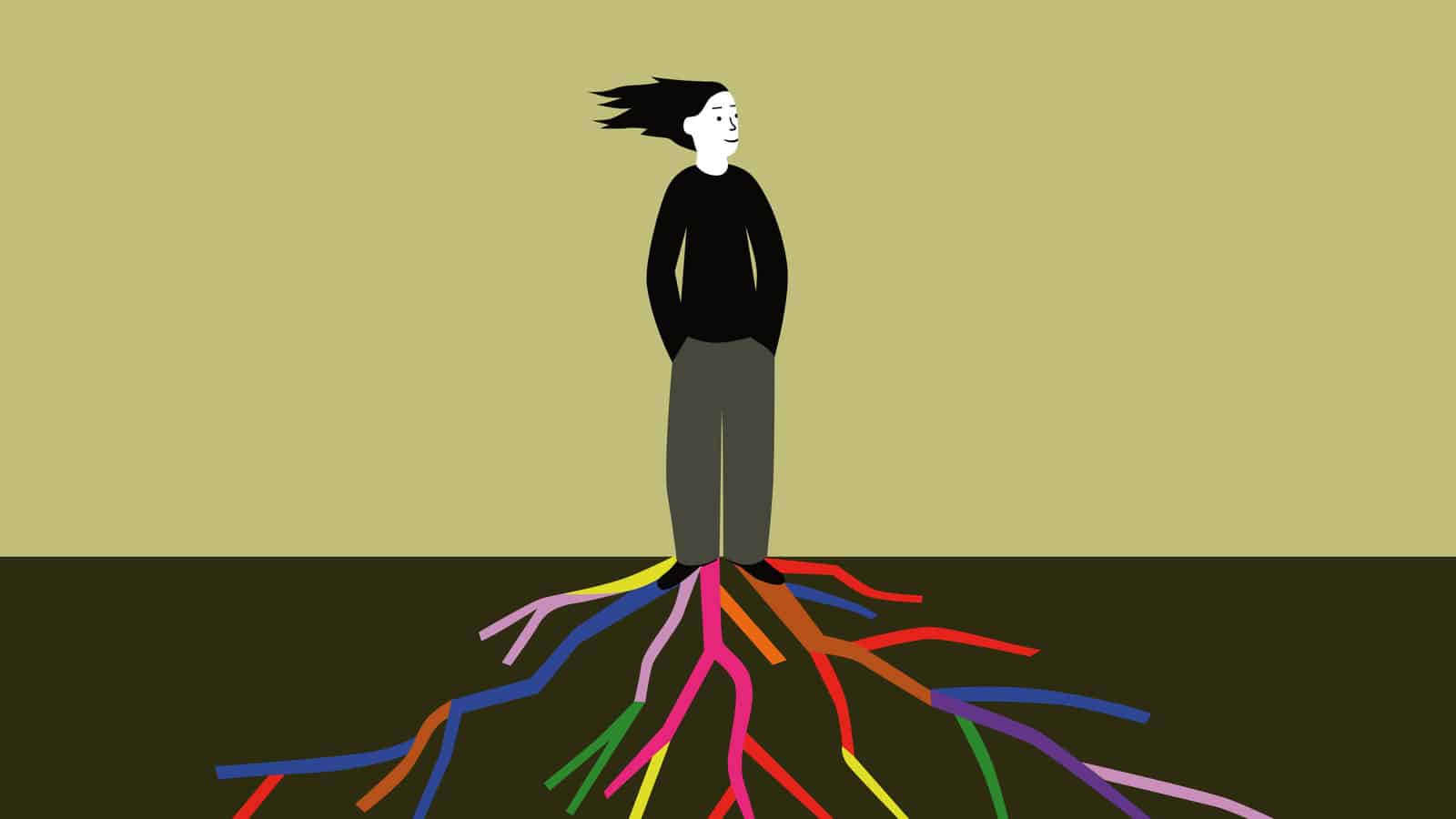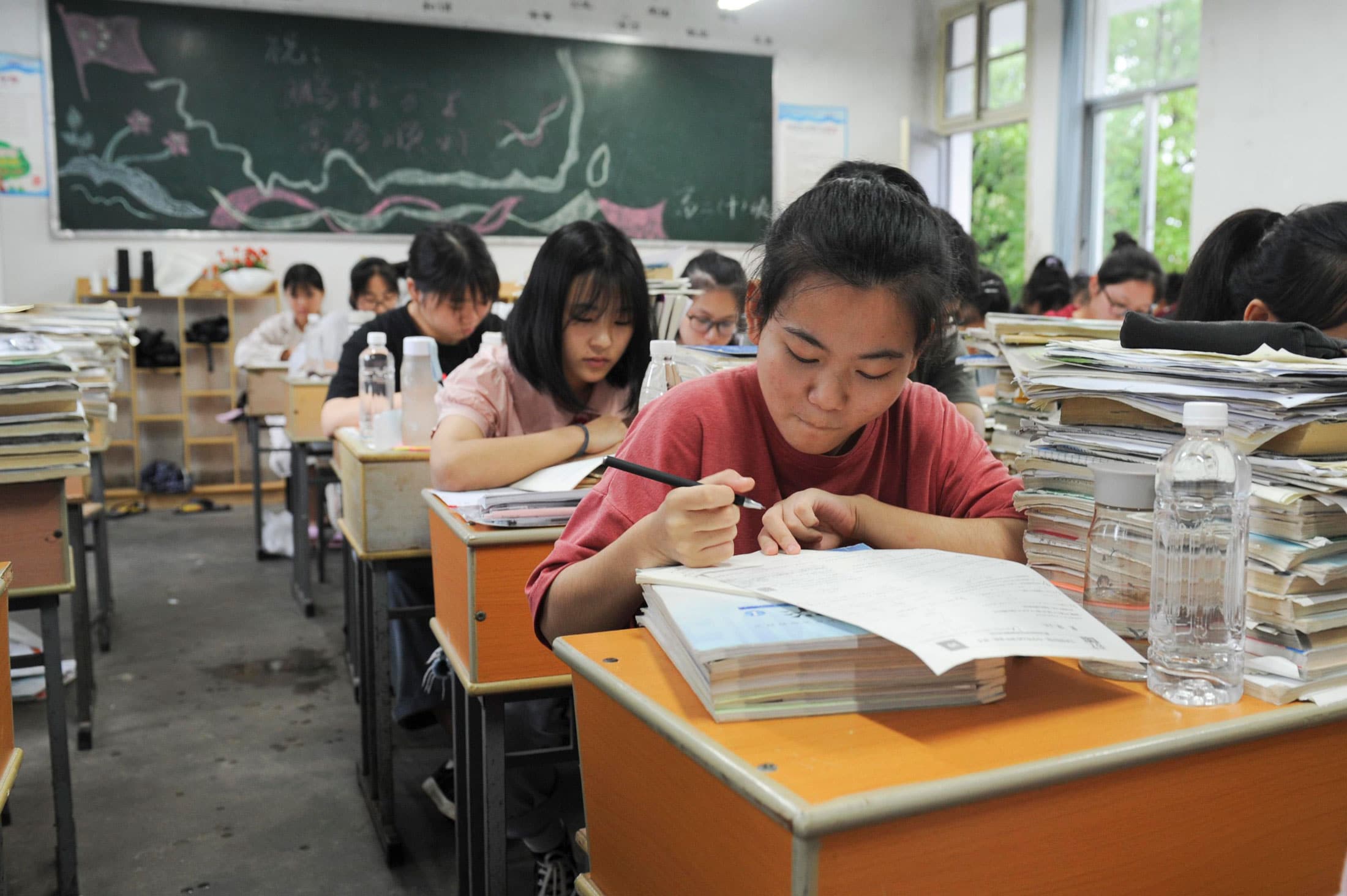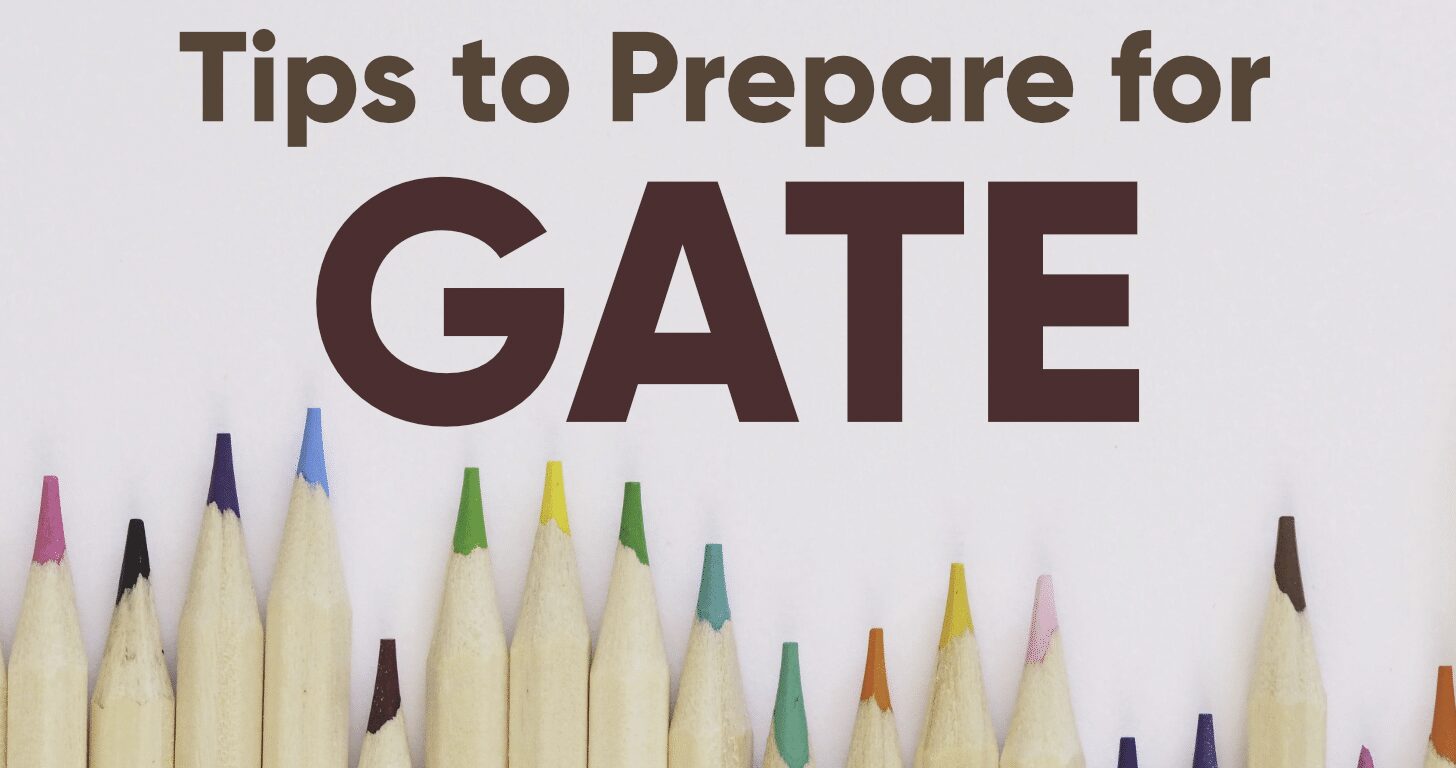ความสามารถในการฟื้นตัวของนักเรียนช่วยให้เด็กๆ สามารถรับมือกับความท้าทายในการเรียนรู้ท่ามกลางการระบาดใหญ่ นักเรียนทุกวัยต่างเอาชนะความท้าทายใหม่ๆ และพยายามอย่างเต็มที่เพื่ออดทน แม้ว่าเด็กๆ จะฟื้นตัวได้ แต่ก็ไม่ได้หมายความว่าพวกเขาไม่ได้ดิ้นรนหรือล้าหลังในโรงเรียน COVID-19 จะทำให้เด็กๆ จำนวนมากต้องได้รับการสนับสนุนทางวิชาการและทางอารมณ์ เพื่อฟื้นคืนประสบการณ์และทักษะการเรียนรู้ที่สูญเสียไป
การไม่เปิดเผยตัวตนหมายถึงการไม่มีความยืดหยุ่น ความยืดหยุ่นไม่ได้หมายความถึงทัศนคติที่มองโลกในแง่ดี ความยืดหยุ่นของนักเรียนหมายถึงความสามารถของนักเรียนในการเอาชนะความทุกข์ยาก
ลักษณะนิสัยของนักเรียนที่มีความยืดหยุ่น
- เด็กที่พัฒนาความยืดหยุ่นจะสามารถรับมือกับความผิดหวัง ความล้มเหลว การสูญเสีย และการเปลี่ยนแปลงได้ดีขึ้น
- ความยืดหยุ่นทางวิชาการคือการบรรลุความสำเร็จทางวิชาการแม้จะเผชิญความยากลำบาก
- นักเรียนที่มีความยืดหยุ่นจะมีโอกาสประสบความสำเร็จในสถานการณ์ ผู้คน หรือประสบการณ์ใหม่ๆ ได้มากกว่า

ห้าวิธีในการระบุและพัฒนาความสามารถในการฟื้นตัวของนักเรียน:
#1 การรับการสนับสนุน
การขอความช่วยเหลือทำให้เด็กมีความมั่นใจและเปิดโอกาสให้ประสบความสำเร็จ
#2 ระบุจุดแข็ง
การระบุจุดแข็งแทนข้อบกพร่องช่วยเพิ่มความนับถือตนเองของนักเรียน
#3 จดจำบทเรียนจากความผิดพลาด
นักเรียนที่เรียนรู้จากอุปสรรคจะมีความรับผิดชอบมากขึ้น ยอมรับความช่วยเหลือ และมีความยืดหยุ่นมากขึ้น เมื่อนักเรียนเรียนรู้จากความทุกข์ยาก พวกเขาจะค้นพบวิธีแก้ไขได้!
#4 วางแผนล่วงหน้า
เมื่อเด็กๆ ต้องทนทุกข์ พวกเขามักจะลดเป้าหมายของตัวเองลง การกำหนดเป้าหมายให้กับเด็กๆ จะช่วยส่งเสริมแรงบันดาลใจและจุดมุ่งหมาย
#5 หลังจากล้มเหลว ก็ลองใหม่อีกครั้ง
ทุกคนล้มเหลว แต่ไม่ใช่ทุกคนที่เต็มใจที่จะลองอีกครั้ง

ในช่วงเวลาที่ยากลำบาก ความยืดหยุ่นเป็นสิ่งจำเป็น
ในช่วงที่มีการระบาด นักเรียนหลายคนต้องดิ้นรนทั้งด้านการเรียนและอารมณ์ ความสามารถและกลยุทธ์ของบางคนอาจต้องใช้เวลาและความพยายาม สนับสนุน. หากบุตรหลานของคุณต้องการคำแนะนำหรือการสนับสนุนสำหรับ ปีการศึกษาใหม่, วิทยาเขตเสือ สามารถช่วยได้ แผนการสอนที่ออกแบบมาโดยเฉพาะของเราจะช่วยให้เด็กนักเรียนประสบความสำเร็จ เพื่อให้ประสบความสำเร็จในด้านวิชาการ ผู้สอนที่มีประสบการณ์และได้รับการรับรองของเรา อาจารย์ผู้สอน มุ่งเน้นไปที่การเติบโตส่วนบุคคลและการสนับสนุนแบบเฉพาะบุคคล








